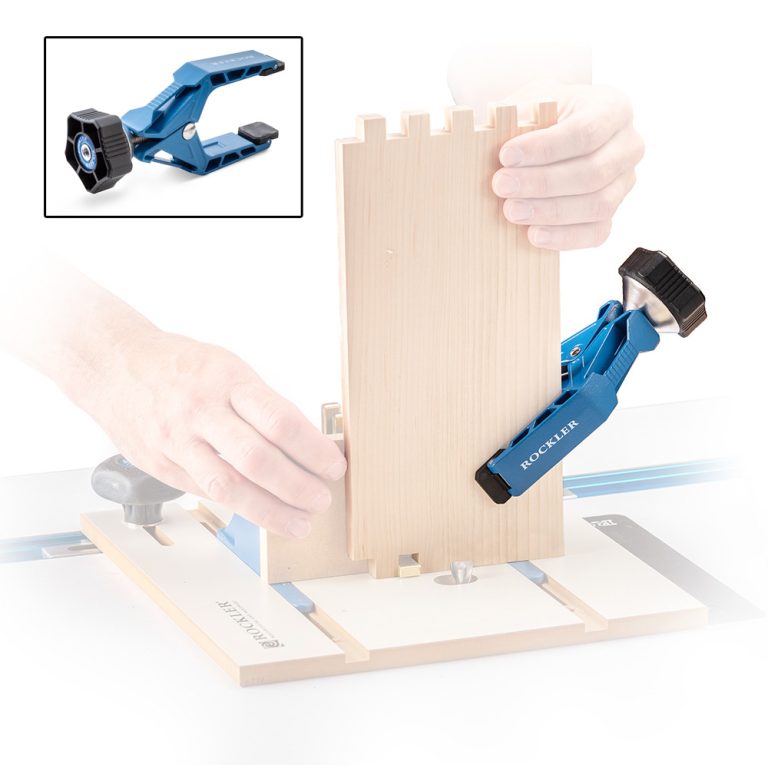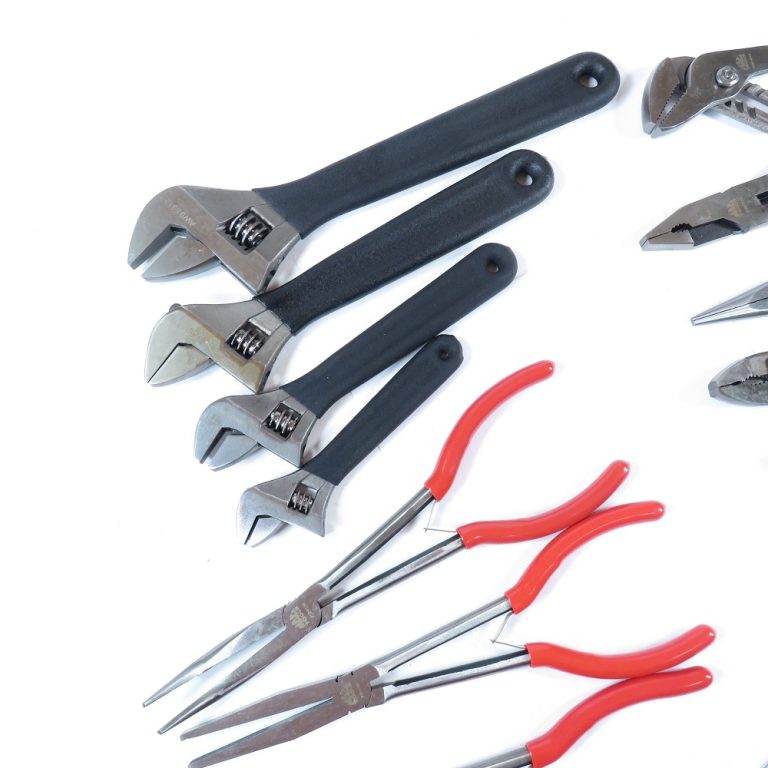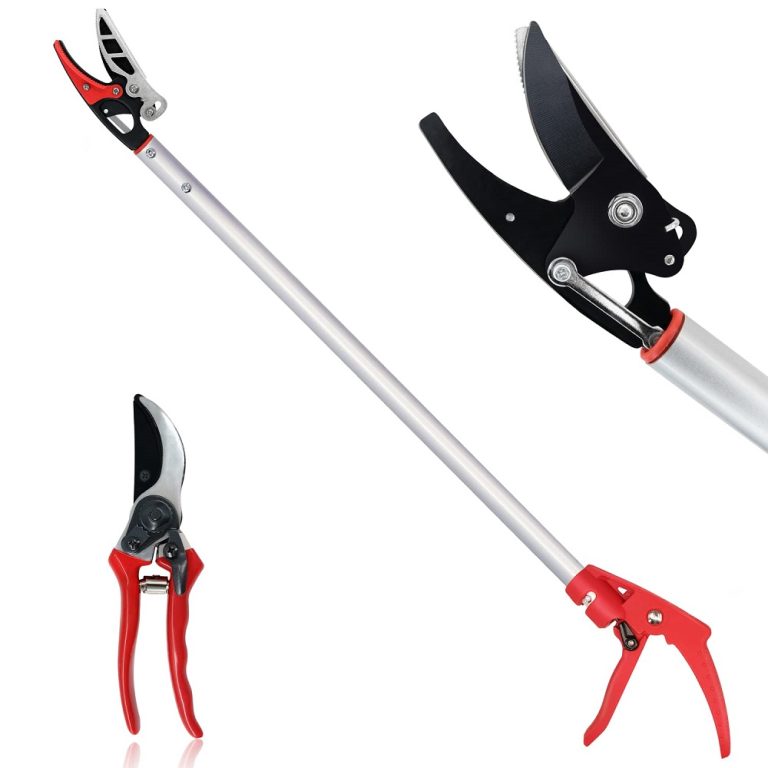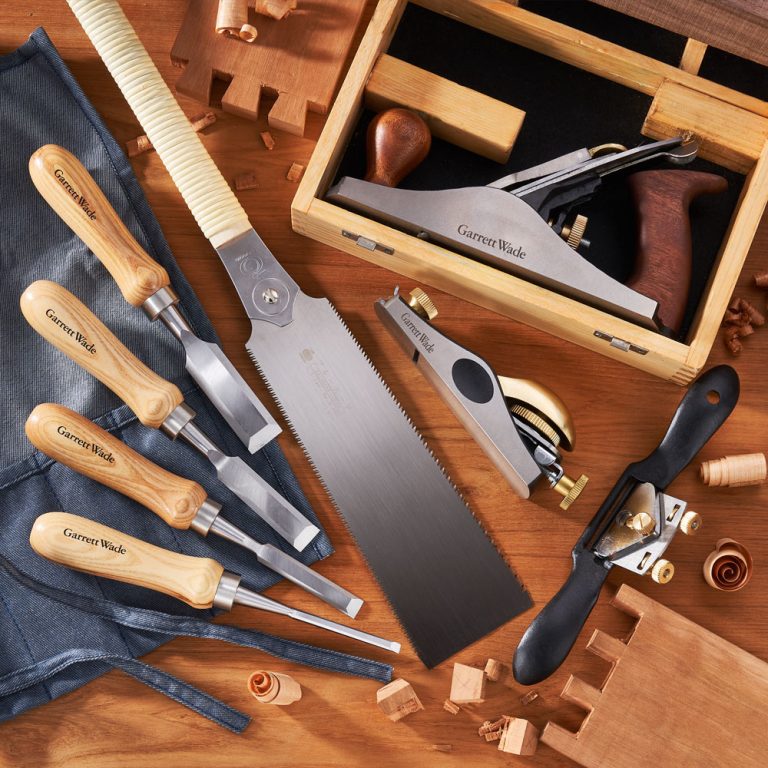Types of Pole Saws
Choosing the right pole saws for sale is important for efficiency and safety. Consider the different types available.
Electric Pole Saws
Electric pole saws are ideal for small to medium-sized gardens. They’re quiet and easy to handle. Electric models need a power outlet, so mobility may be limited. Look for ones with a long cord or consider an extension.
Gas-Powered Pole Saws
Gas models offer more power and portability. They’re perfect for large properties or heavy-duty tasks. They’re louder and heavier than electric saws. Regular maintenance is a must for gas pole saws for sale.
Cordless/Battery Operated Pole Saws
Cordless pole saws offer freedom of movement without cords. They run on rechargeable batteries. They’re less powerful than gas models but are also less noisy. The battery life is a key factor when choosing these pole saws for sale.
Manual Pole Saws
Manual pole saws require physical effort but give complete control. They’re quiet, lightweight, and perfect for precision trimming. They work well for small tasks and are the most affordable type of pole saws for sale.

Key Features to Consider
When searching for pole saws for sale, it’s not just about the type. Key features impact performance, comfort, and safety. Let’s break these down.
Power Source and Runtime
The power source affects where and how long you can use your pole saw.
- Electric pole saws need a power outlet and offer continuous use but restrict movement.
- Gas-powered saws don’t have this limitation and run as long as you have fuel. They offer the longest runtimes.
- Battery-operated saws give you freedom but need periodic recharging. Always check the battery life.
Pole Length and Reach
Pole length determines how high you can cut without a ladder.
- Look for a pole saw with an adjustable length for versatility.
- A longer reach is better for taller trees, but remember the longer the pole, the harder it may be to control.
Weight and Ergonomics
Weight and design affect your comfort and fatigue.
- A lighter pole saw reduces arm strain.
- Ergonomic handles and harnesses can improve comfort and control.
Cutting Bar Length
The cutting bar length defines the size of branches you can cut.
- Longer bars cut thicker branches.
- Shorter bars offer more precision and are easier to handle.
Safety Features
Safety should never be overlooked.
- Look for features like non-slip grips, safety switches, and low kickback bars.
- Always read the manual for proper safety practices.
Advantages and Disadvantages
Weighing the advantages and disadvantages of different pole saws helps make an informed decision. Below, we explore the pros and cons of each type to guide your purchase of pole saws for sale.
Pros and Cons of Electric Models
Electric pole saws offer a user-friendly experience with their lightweight design and quiet operation. They are well-suited for small garden tasks and are easy to start. However, their reliance on a power outlet can limit mobility, and their power may not match that of gas models. Additionally, using an electric saw requires managing the cord, which can be frustrating during extensive use.
Pros and Cons of Gas Models
If you’re looking for power and mobility, gas pole saws have you covered. They excel in tackling heavy-duty work and don’t limit you to the length of a cord. On the downside, they are heavier, which can lead to faster fatigue, and they are noisier, which might not be ideal for working in noise-sensitive areas. Gas models also require more maintenance than electric or battery types, so consider this before buying.
Pros and Cons of Battery Models
For ease of use and convenience, battery-operated pole saws shine. They offer cordless freedom and are quieter than gas models. A limitation is their battery life; it is essential to plan work around the battery life or have spare batteries handy. Although they are less powerful than gas models, their benefits often outweigh this downside for homeowners with medium duties to handle.
Pros and Cons of Manual Models
Manual pole saws are budget-friendly and allow for precision cutting without the fuss of power sources. They are the best for control and are completely quiet. However, they require significant physical effort, making them unsuitable for extended use or thick branches. Additionally, they are not practical for those with physical limitations or a lot of ground to cover.

Maintenance and Care
Proper maintenance extends the life of pole saws for sale and ensures optimal performance. Here are key areas to focus on.
Sharpening the Chain
A dull chain makes cutting inefficient and can be dangerous. Sharpening the chain regularly keeps your pole saw effective. Use a specialized sharpening tool or kit for best results. Follow the manufacturer’s guidelines closely to maintain the right angle and depth.
Cleaning and Storage
Clean your pole saw after each use to remove debris and prevent buildup. Store it in a dry, safe place to avoid rust and damage. For electric and battery-operated models, ensure that all electrical components are dry before storage.
Regular Maintenance Tasks
Regular checks on the pole saw ensure it’s always ready for use. Check for loose bolts and worn parts. Replace or tighten as needed. Regularly check the fuel system in gas models for leaks or clogs. For battery models, keep the battery terminals clean and free from corrosion.
Top Brands and Models
Navigating through the different brands and models of pole saws for sale can be overwhelming.
Comparison of Popular Brands
When considering a purchase, it’s essential to compare popular brands. Key players in the market include Stihl, Husqvarna, and Ryobi. Stihl is known for its rugged and durable gas pole saws, appealing to professionals. Husqvarna offers a balance of power and ergonomic design, also favoring gas models. Ryobi stands out with its user-friendly battery-operated pole saws, great for a typical homeowner. Look at performance, durability, and customer service reputation when comparing brands.
Reviews of Top Models
Model reviews can guide your final decision. The Stihl HT 133 is praised for its reach and power. Husqvarna’s 525PT5S is another top contender, known for its robust engine and ease of use. For something lighter, consider the Ryobi P4360, which offers good battery life and manageable weight. Read reviews carefully, considering what users say about the pole saw’s use in real-life scenarios.
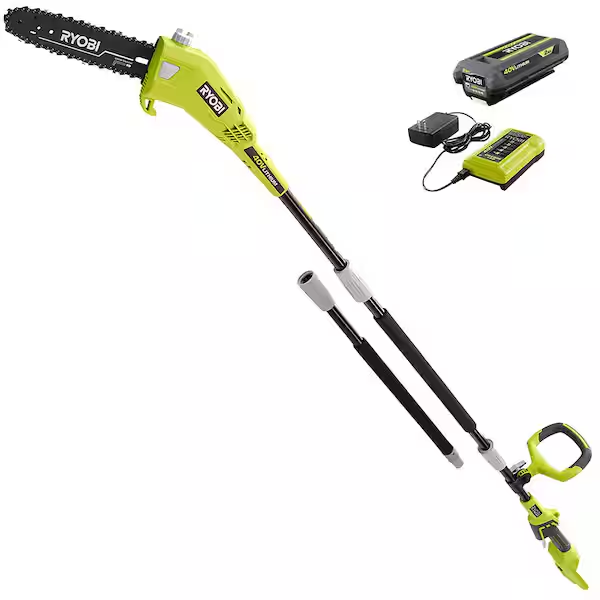
Purchasing Tips
Purchasing the ideal pole saw requires paying attention to several factors beyond its features. Efficient buying decisions hinge on understanding personal needs, knowing where to shop, and grasping what to look for if you’re a first-time buyer.
Understanding Your Needs
Before you search for pole saws for sale, assess the tasks you need it for. Think about your garden size, the height and thickness of the branches, and how often you’ll use the saw. If your yard is small and the work is light, an electric or battery-operated model might suffice. For larger spaces and tougher jobs, gas power could be the better option. Don’t overlook your physical ability to handle different weights and complexities.
Where to Buy Pole Saws
Pole saws are available at hardware stores, home improvement centers, and online marketplaces. Each has its pros and cons. Local shops let you handle the saws, getting a feel for their weight and balance. Online stores often have a wider selection and may offer better deals. Compare prices and check for warranties or return policies before buying.
Considerations for First-Time Buyers
If you’re new to using pole saws, aim for user-friendly models. Look for saws with clear instructions and easy starting procedures. Safety should be your top concern; select models with reliable safety features. It’s also wise to read reviews and possibly watch demo videos to see the saw in action. You may want to start with a less expensive model until you’re more experienced.
Accessories and Attachments
Accessorizing your pole saw can enhance its functionality and safety. There are several attachments and accessories to consider.
Saw Attachments
Saw attachments extend the capabilities of your pole saw beyond simple cutting tasks. Look for:
- Branch pruners for thicker limbs not suited to the saw blade.
- Hedge trimmer heads to shape and maintain hedges from the ground.
- Extension poles to reach higher without needing a ladder.
Choose attachments compatible with your pole saw model to ensure proper fit and function.
Replacement Parts
Over time, parts of your pole saw will wear out and need replacement. Common replacement parts to keep an eye on include:
- Chains and bars when they become dull or damaged.
- Batteries for cordless models to maintain optimal runtime.
- Filters and spark plugs for gas models, crucial for engine health.
Maintaining a stock of these parts can prevent downtime during big jobs.
Safety Gear and Accessories
Safety should never be compromised. Equip yourself with:
- Gloves to protect hands from cuts and blisters.
- Safety glasses or a face shield to guard against flying debris.
- Ear protection when using gas models to prevent hearing damage.
- A sturdy helmet, especially when cutting branches overhead.
Remember, proper safety gear can be as vital as the pole saw itself for safe and efficient work.


